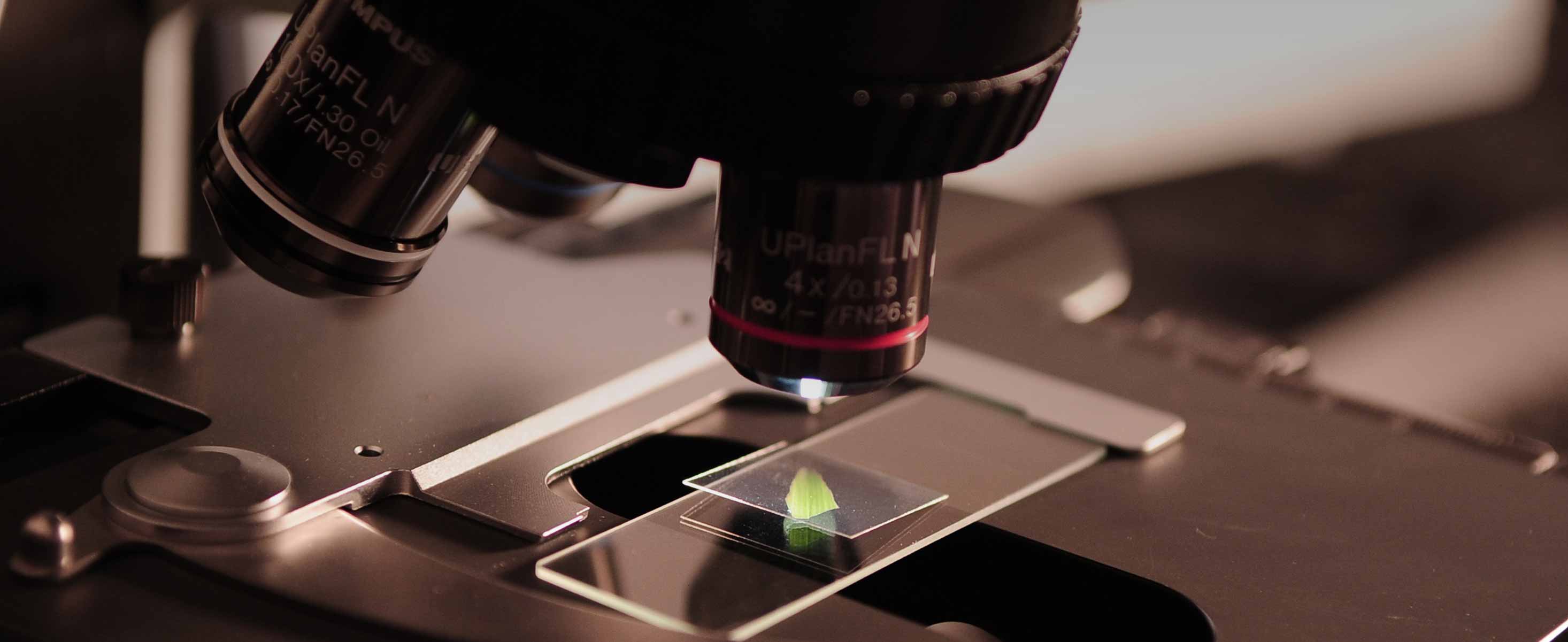
3 minute read
How to approach the subject of Bio-mimicry?
DESIGN to BIOLOGY
-The approach requires designers to identify problems and biologists to match these to organisms that have solved similar issues.
Advertisement
-Produces more efficient approaches to existing technologies
BIOLOGY to DESIGN
-The approach requires to have relevant biological or ecological knowledge and research, rather than a design problem.
-Biology can influence humans in ways outside predetermined design problem.
-This results in previously unthought-of technologies or systems or approach to design solutions.
DAIMLER CHRYSLER’S BIONIC CAR
An example in approaching Design through inspiration from biological elements to make a more fuel efficient Car.

The Box fish

Analysis of the Shape in terms of resistance in air

Making of practical models to perfect the design
The Car is more fuel efficient due to aerodynamic body mimicking the BOX FISH

Bionic Car- Daimler Chrysler
Framework for understanding the application of Biomimicry
With the two approaches discussed, Three levels of biomimicry may be applied to a Design Problem are typically given as -
a) Organism Level - Mimicry of specific organisms and their physical component (ie. Form, Structure, Material)

Mimicry of the Organism - Termite
b)Behavioural Level - Mimicry of how an organism behaves or relates to its larger context (ie. the functional tasks or process)

Mimicry of the Process- Building Termite Mounds
c) Ecosystem Level Interaction - Mimicry of an entire ecosystem interaction

Mimicry of the Ecosystem - Using the processes of the entire ecosystem as design solutions
Using the same example of Termites, here is a table explaining the different levels of bio-mimicry in various forms and their corresponding applications -

The built environment is increasing held accountable for global environmental and social problems with vast proportions of waste, material and energy use and green house gas emissions attributed to the habitats humans have created for themselves. It is becoming increasingly clear that a shift must be made in how the built environment is created and maintained.
Bio-mimicry is looking to nature to find a successful solutions from different kinds of organisms that solved their problems from million years ago, as we can then put these design features into use in real-world architecture and the built environment.


